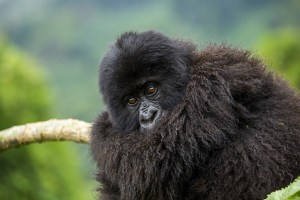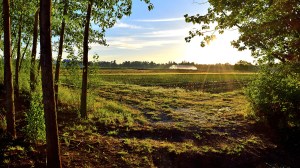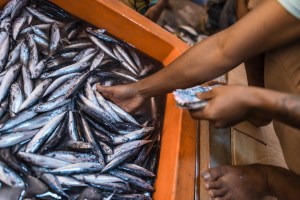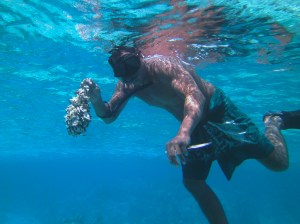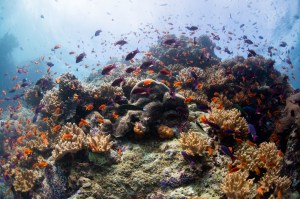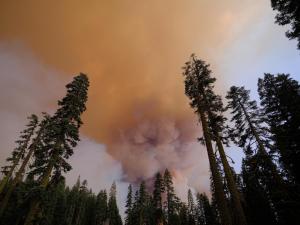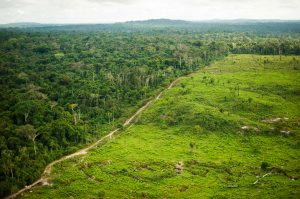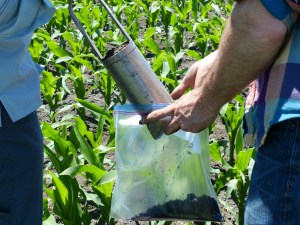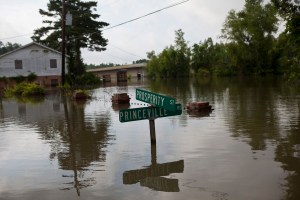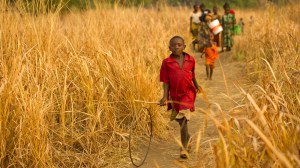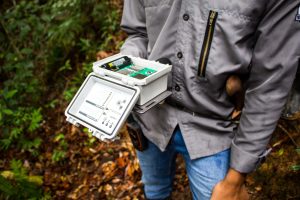Discover stories in SNAPP
10 Years of SNAPP
How quickly can science make positive change in the world? For more than a decade, the Science for Nature and […]
New Study Finds People and Nature Thrive With Diversified Farming
A new global study finds that the benefits of diversified agriculture are abundantly clear, whether for food security, biodiversity or the bottom line.
Lifting All Boats: Six Steps to Enhancing Equity in Marine Conservation
How can we protect fragile ocean ecosystems while also preserving the cultural and economic lifeways of the people who depend on them?
How Can Fisheries Weather Climate Change? New Tool Offers Guidance
A new toolkit helps natural resource managers adapt fisheries management in an uncertain future.
Can We Save the Olympia Oyster by Eating It?
Conservation aquaculture offers hope for oyster populations.
New Policy Tool Could Represent Sea Change for Coral Reef Conservation
A new policy tool can help ensure coral reef conservation better meets local people’s needs and preferences.
Where There’s Smoke: Wildfire, Forest Restoration and Human Health
A new paper argues forest health and human health should not be viewed as separate concerns when it comes to wildfires.
Mapping Monitoring Zero-Deforestation Commitments
How do companies translate zero-deforestation commitments into action?
Soil Carbon: Complexity, Context + A Way Forward
Researchers highlight agreements and uncertainties around soil carbon and argue that “action can happen despite unanswered scientific questions.”
New Study Shows Flood Risks Across the U.S. are Underestimated (in a Big Way)
New research has sobering news for people living in the Lower 48 United States: you may be at risk from river flooding and not even know it until the waters start to rise.
Can We End Hunger and Protect the Forest in Africa?
Expanding agriculture in sub-Saharan Africa often comes at the expense of forests. Can this challenge be resolved?
Bioacoustics Reveal How Biodiversity Changes Across Borneo’s Logged Forests
The Nature Conservancy’s Indonesia program is using bioacoustics — first tested in Papua New Guinea — in Borneo, where they will use forest sounds to understand how biodiversity changes with different land use types across East Kalimantan.
